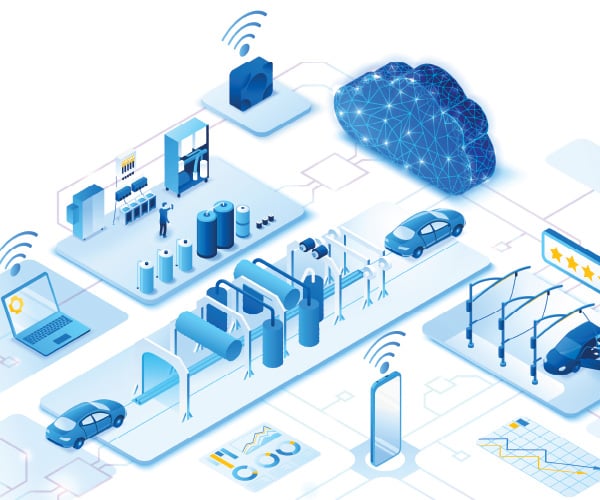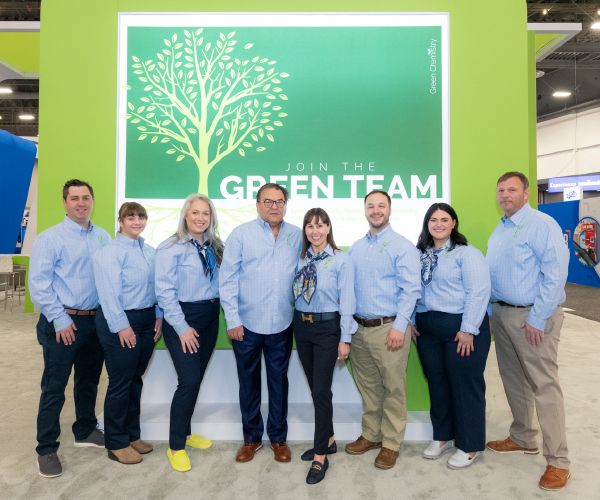
Expert Advice
July 1, 2014
5 minute ReadCar washes have had a fairly steady marketing plan for many years: coupons and wash packages. But as more and more customers spend more of their lives online, getting their attention the old way doesn’t always work.
“There’s a car wash on every corner these days,” said David Dwyer, a former car wash owner turned content marketer based in Michigan. “You’re not the big fish anymore. You have to be smarter about the ways that you market your business. Traditional marketing isn’t working as well any more. People aren’t listening to radio. Newspapers and magazines are down and with DVRs, people can skip TV commercials. If couponing is all you’re doing, it can wind up hurting your dollar per car.”
Even an online presence isn’t enough. Studies show that most consumers now find new businesses by searching online and asking friends for recommendations. But even that has changed as social media has exploded the number of acquaintances who can offer recommendations, and online searchers aren’t looking for a business, but an answer to a problem.
“You have to engage your customers and develop a trusted relationship based on your expertise and the ability to solve their vehicle appearance concerns,” Dwyer said. “That’s manifested through compelling content on your wash website.”
And that’s where content marketing can play a huge role in strengthening your marketing strategy. Content marketing itself is not new; it’s been done since the dawn of advertising. What’s changing is that it has become a more manageable process, even for small businesses, as content has become easier to access through the Internet and more people and companies are able to quickly become content publishers.
SHARING KNOWLEDGE
Jeff Korhan came to content marketing through his own landscaping company. He realized that every one of his competitors was following the same marketing plan. To break out, he began buying advertisements that were more informational.
“They were not saying, ‘Buy me.’ But: ‘Did you know there’s a better way to buy your shrubs?’ It got people’s attention.”
He was ahead of the curve, but content marketing has grown significantly since. Dwyer believes it is on the cusp of leading the way in online marketing strategies.
“If Joe’s Car Wash is down the street and you can enter Joe’s Car Wash on your Google search, super,” Dwyer said. “But people don’t search like that anymore. They search, ‘How do I remove tar from a car?’ They’re looking to solve a vehicle appearance problem. You’ve got to have that on your website so they’re not just coming in through the front door but the side door, the back door, the up door, the down door. You have to have that content there to establish that you know what you’re talking about. Then also have that content there so that when people are searching for that, people will find you.”
Korhan, who now writes and speaks about content marketing, agrees. “It’s our business to be findable, to solve the problems that people are working on. It’s coming to a realization that these days, we’re all media companies. Helping is the new selling.”
Let that thought sink in for just a minute. It’s not just marketing that has changed, but the entire selling process. “That’s what your content is doing online,” said Korhan, author of Built.in Social. “That’s what drives social media engagement: using these channels to help people. It’s a single, three-legged stool: content attracts leads and eyeballs; social media leads to engagement; the sale is a byproduct of that.”
INSIDE INFORMATION
When Dwyer ran his car wash in Michigan, he engaged a demographer for a study that essentially “told us what we already knew. In our location, about 7 out of 10 of my customers lived, worked or shopped within a five-mile radius of my wash. That’s pretty hyper-local.”
A content marketer these days would take that hyper-local knowledge to connect to potential customers. “You’re going to have specific neighborhood, regional, city specific issues that are unique for your customers’ needs in that area,” Dwyer said. “Has there been a lot of road construction? Have they been seal-coating parking lots? Striping roads? Have you had a lot of rain? Do they throw a lot of salt down? The more you know about what’s going on within your specific area, the more you are able to address the needs of those customers and suggest services that they actually need.”
These days, that might be done more online than when the customer first drives onto the lot. It might mean using a Facebook community page to promote an article that addresses the need for underbody washes, or one that discusses how bugs can damage a paint job. It would then link back to the article on the company website.
Articles should be informative and showcase your expertise about keeping an automobile looking great. “There should be a balance of long-form — which draws Google rankings — and shorter articles that appeal to people reading on a mobile device,” Korhan said. “The game used to be getting links. These days it’s social, to get everybody to share it.”
It’s also being in the right place. Dwyer suggests having a sign at the car wash encouraging customers to check out the website for fresh, relevant vehicle care. “If it’s a tunnel wash, people jump on their phones. I’ve seen it where they click a link, read it while they go through the tunnel and talk to somebody about a service they have more questions about.”
But understand one thing: before your customers set foot into your business, they already may know more about your processes than many of your staff. “It’s a shift now from selling to buyers to more of a collaborative approach, of working together with them, taking your experience and expertise and getting to know them better to co-create something better than they could have imagined,” Korhan said. “Every study proves that 80 percent of all consumers do not trust businesses, large and small. How do you build that trust? One way is having a reliable process that gives them confidence that you will get them to where they want to go.”
And that may mean giving away some specifics about your processes — and why the methods you employ are the best. “If you tell someone how to remove sap from a hood, you can’t worry that the person is now going to know how to do it,” Dwyer said. “The best steakhouse in town can tell you how to cook a steak, but you’re never going to do it as well as they do. If you engage and educate the customer, then the services really start to sell themselves. The more information you give the customers, the return to you as an owner is going to be increased business and increased loyalty. You’re not giving away any nuclear secrets there. You can tell someone how to do it, but they’re not going to do it. You’re just going to show them that you know what you’re doing.”








